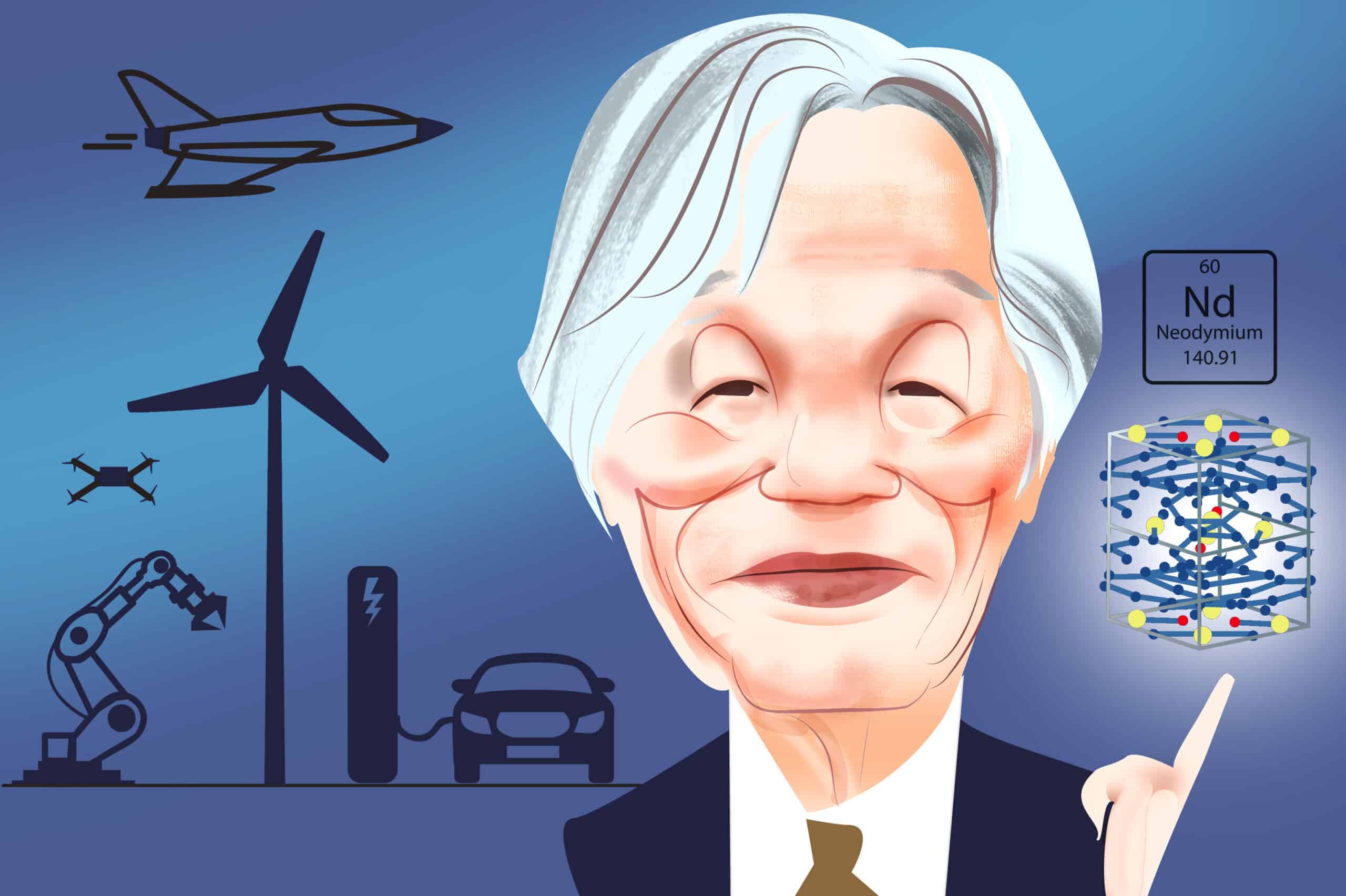Caroline Humphrey and Franck Billé are leading anthropologists who have spent years studying the border between Russia and China, a 2,600 mile-stretch that mostly follows the great Amur River. Their book, On the Edge: Life Along the Russia-China Border, describes how the regions on either side have developed in the context of the dramatic political and economic changes both countries have undergone in recent years. The book also takes a close look at the human relations — and separations —
Navigate China's Business Landscape with Confidence.
- Gain visibility into supplier risks
- Easily manage trade compliance
- Conduct in-depth due diligence



